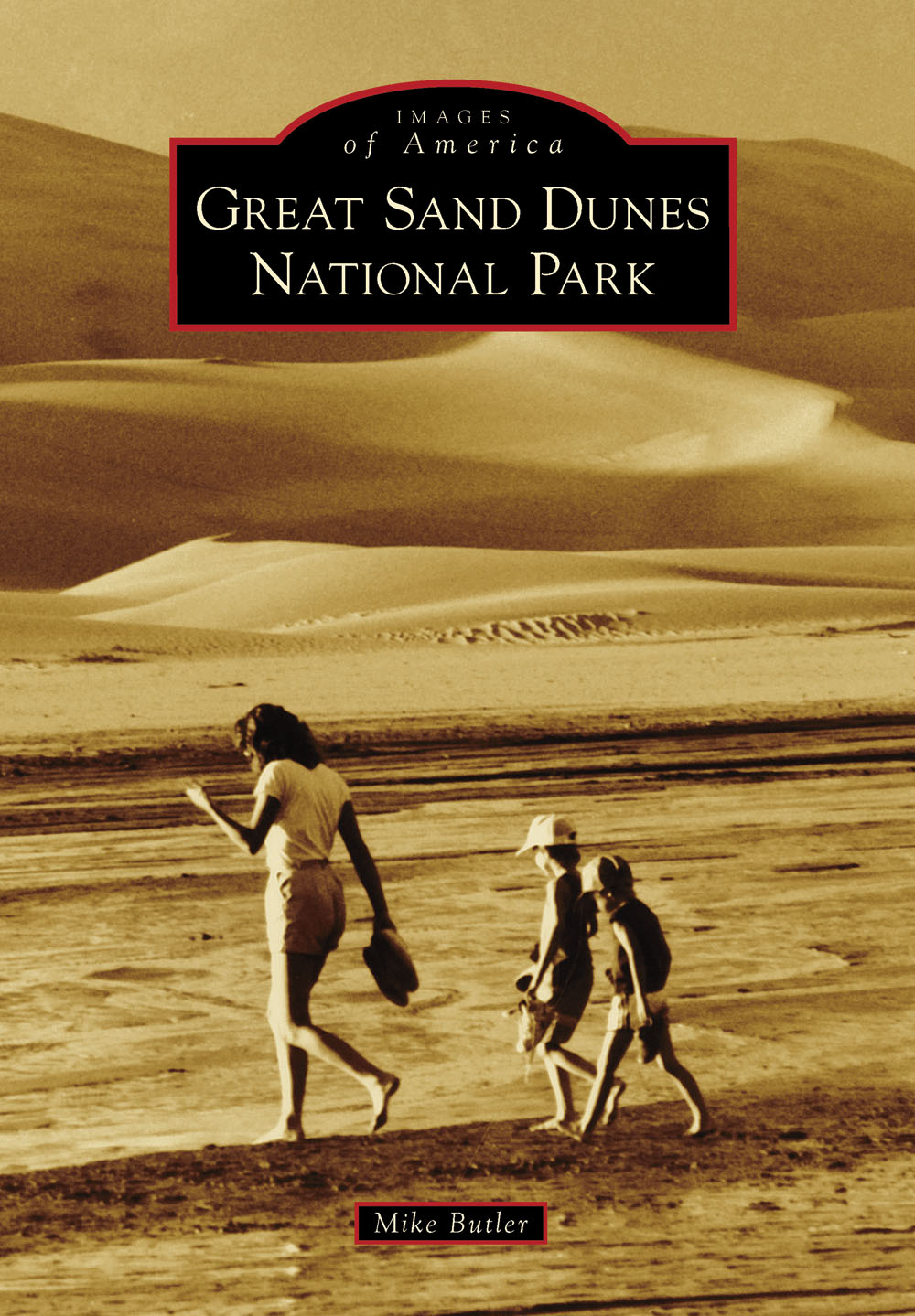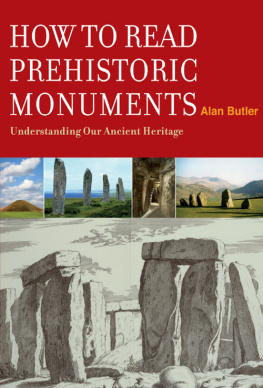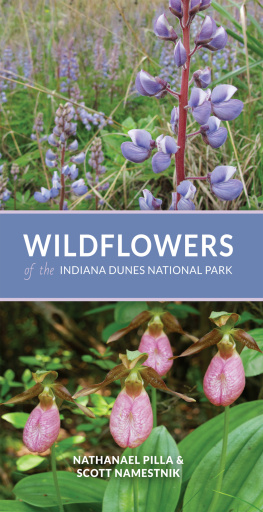
IMAGES
of America
GREAT SAND DUNES
NATIONAL PARK

RIPPLES ON THE DUNES. Wind has created these rows of ripple marks, forming the illusion of a perfectly plowed field. Nat Dodge photographed this beautiful scene in October 1957, looking north across the dunes to Mount Herard. (GRSA-2617.)
ON THE COVER: MEDANO CREEK, JULY 1987. Medano Creek was still flowing strong in July, much to the delight of visitors to Great Sand Dunes. The creek brings tons of sand down from the Sangre de Cristo Mountains to be deposited at the base of the dunefield and then it is blown back onto the dunes in the never-ceasing cycle of water, wind, and dune formation. (GRSA-5630-19.)
IMAGES
of America
GREAT SAND DUNES
NATIONAL PARK
Mike Butler

Copyright 2013 by Mike Butler
ISBN 978-0-7385-9694-5
Ebook ISBN 9781439643112
Published by Arcadia Publishing
Charleston, South Carolina
Library of Congress Control Number: 2013932280
For all general information, please contact Arcadia Publishing:
Telephone 843-853-2070
Fax 843-853-0044
E-mail
For customer service and orders:
Toll-Free 1-888-313-2665
Visit us on the Internet at www.arcadiapublishing.com
This book is dedicated to my wife, Mary Jane, and son Jason, and memories of our first visit to Great Sand Dunes in 1987.
CONTENTS
ACKNOWLEDGMENTS
This book would not have been possible without the cooperation of the National Park Service staff at Great Sand Dunes National Park & Preserve. The majority of the photographs herein come from their archives. Special thanks to Patrick Myers, park ranger-interpretation, and Phyllis Pineda Bovin, biologist/museum curator, for generously sharing their time with me during the busy summer season. Thanks also go to Fred Bunch, chief of resource management. Another large group of photographs came from the Monte Vista Historical Society and their wonderful collection of San Luis Valley photographs by O.T. Davis. Thanks to Peg Schall for her assistance with that collection.
Family history is a very important part of this book, and I am grateful to Maria Causby for providing photographs and information about her ancestors, the Teofilo Trujillo family. Thanks also to Leona Wellington for her family photographs, details of the Wellington family tree, and recollections of her grandfather Frank Wellington.
Throughout the book, there are quotations from individuals and newspapers. Unless otherwise noted, quotations from individuals are from the book Sand Stories, while quotations from newspapers come from Colorado Prospector reprints of news articles.
While many people have helped with this project, any errors or omissions are completely the responsibility of the author.
Sources for the photographs in the book are annotated as follows: general collection of Great Sand Dunes National Park (GRSA), the museum collection of Great Sand Dunes National Park (GRSA-catalog number), the Monte Vista Historical Society (MVHS), photographs from individuals are noted by the names of their contributors, and all other photographs are from the authors collection.
INTRODUCTION
Located on the eastern edge of the San Luis Valley in south central Colorado, the Great Sand Dunes rise to a height of approximately 750 feet above the valley floor, which itself lies at an elevation of 7,500 feet above sea level. The dunes are the tallest in North America. The San Luis Valley is enclosed by the 14,000-foot peaks of the San Juan Range to the west and the 14,000-foot peaks of the Sangre de Cristo Range to the east. The Rio Grande River, flowing from northwest to southeast, is the only water flowing out of the valley. The San Luis Valley is the largest mountain valley in Colorado, approximately 100 miles long and 65 miles wide. Westerly winds blow sand particles (eroded from the volcanic rock of the San Juans) across the valley to gather against the Sangre de Cristos, where they come to rest in the huge dune formations. Water from Sangre de Cristo streams, flowing west, brings additional sand down from the mountains to be deposited in the dunes.
The area now included in the Great Sand Dunes National Park & Preserve has evolved over the years; it originated as American Indian hunting grounds, later encompassed large ranches and gold-mining claims, and then became a tourist attraction before achieving status as a national monument, and finally a national park. On November 22, 2000, Pres. Bill Clinton signed the Great Sand Dunes National Park and Preserve Act. The act expanded the size of the previous national monument from its original 46,034 acres to over 150,000 acres by adding 64,000 acres from the former Baca and Medano Ranches and transferring 42,000 acres from Rio Grande National Forest. Thus, the new Great Sand Dunes National Park & Preserve was created. The official declaration of the new national park had to wait until September 13, 2004, when the purchase of the former Baca Ranch was completed by the Nature Conservancy and the land transferred to the National Park Service.
Human occupation of the Great Sand Dunes area began approximately 11,000 years ago with the arrival of the Clovis people. These hunter-gatherers carved distinctive projectile points out of rock, which they used to hunt the ancient mammoths and bison in the area. Then, about 10,000 years ago, another (possibly related) hunter-gatherer group known as the Folsom people developed another type of distinctive projectile point for hunting. Fossilized bones of both mammoth and bison, carbon-dated to these time frames, have been found just south of Great Sand Dunes at the Zapata Ranch. For the millennia that followed, human occupation of the dunes area rose and fell cyclically, depending on the availability of water in the San Luis Valley.
When Spanish conquistadors from Mexico arrived in the San Luis Valley in 1599, they were greeted by various tribes of American Indians, including the Comanche, Apache, and Ute, who used the valley as hunting grounds for bison. Friendly relations between the Spaniards and American Indians did not last long. In one conflict with the Indians, a fatally injured Spanish priest glanced east to the mountains and saw them bathed in a red glow at sunset. Dying, he uttered, sangre de Cristo, meaning blood of Christ; the name for the mountain range survives to this day. The Utes, capturing horses from the Spanish, became the dominant tribe in the valley, and more conflicts developed with Hispanic settlers from New Mexico who settled in the southern part of the valley beginning in 1851. Sporadic Ute raids continued in the valley until the Utes were finally subdued in the late 1880s.
The first recorded American citizens to see the Great Sand Dunes were Lt. Zebulon Pike and his men in January 1807. Pike was dispatched west by Pres. Thomas Jefferson to explore the great expanse of the lands obtained from France in the 1803 Louisiana Purchase. The boundary between the French land and Spanish Mexico was uncertain but was thought to be the Red River. Pike was, therefore, to find the Red River in order to establish the location of the United States border with Mexico. Unfortunately, he began his mission into Colorados mountains in the late fall of 1806. Starting along the Arkansas River west of Pueblo, he had already encountered heavy snow in the Wet Mountains. Pushing ondespite having to leave men behind with frozen feethe crossed a mountain pass (either Medano Pass or Mosca Pass) over January 27 and 28, 1807. Looking westward down on the Great Sand Dunes, he wrote in his journal of seeing huge sand hills looking like a sea in a storm. Proceeding down the mountains, past the dunes, Pike came upon the Rio Grande River, which he thought was probably the Red River. Realizing that he was now most likely on Spanish soil, he built a fort known as Pikes Stockade. The stockade was soon surrounded by Spanish troops, and Pike and his men were captured and sent to Mexico. They were later released on US soil.
Next page














